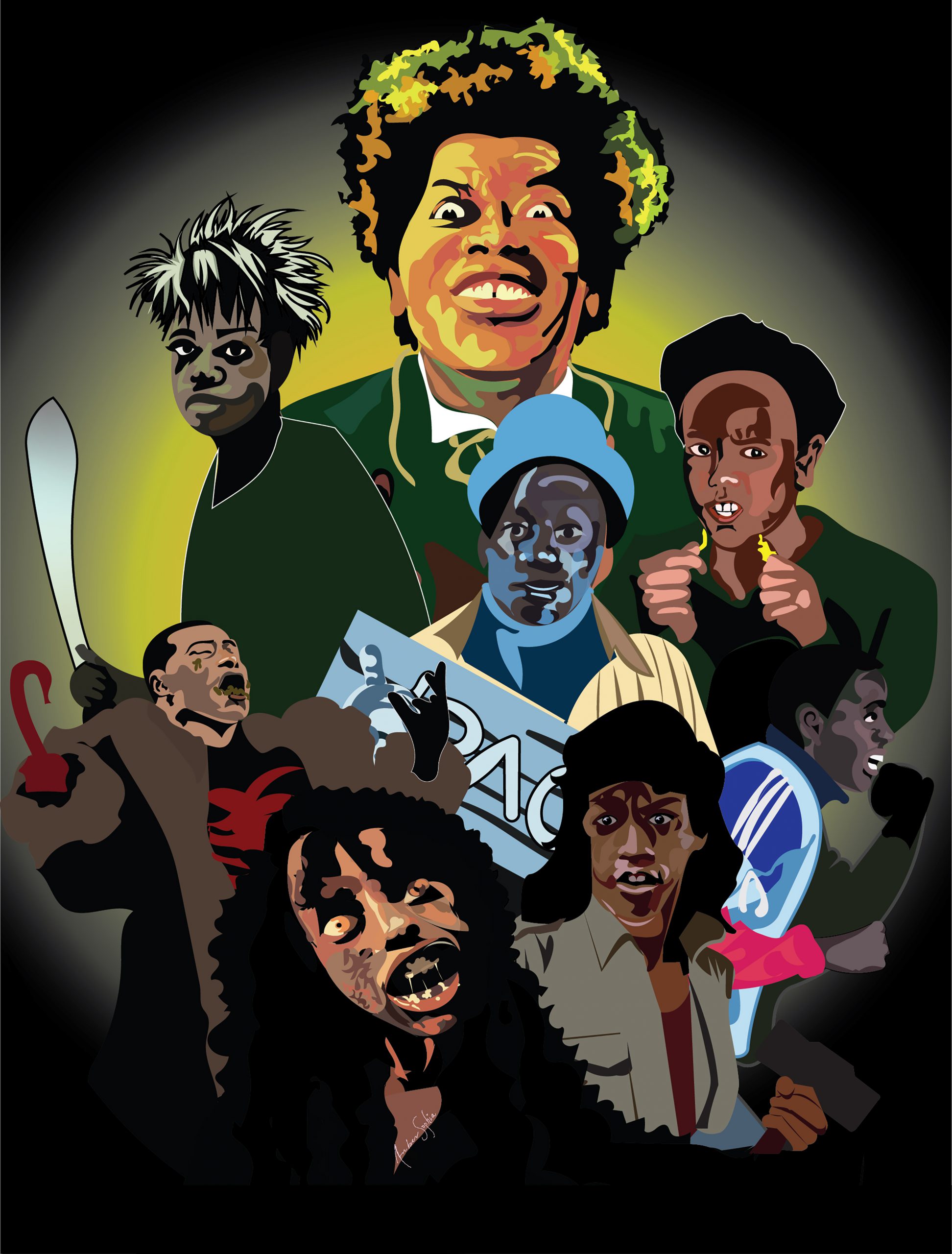Michael foster-sanders
editor-in-chief

Visual reputation is an important form of media
From stereotypes to flat out t racist caricatures that depicted Black people as witch doctors, cannibals and savages, movie monsters such as King Kong played on the paranoia that Black men are primate-like creatures who lust after white women to take advantage of them.
Film director George C. Romero began to change that in 1968 with “Night of the Living Dead.”
When Romero held auditions for the film’s protagonist Ben, the character was supposed to be a crude, uneducated white trucker type. But then Duane Jones auditioned for the part.
Jones was a Black man.
Romero rewrote the role for Ben to parallel Jones’ real-life intelligent and articulate nature, to be a normal guy who is forced to be a leader among a group of people during a zombie onslaught.
Romero also wanted Ben to be the lone survivor in the film instead of him dying as originally planned, but Jones convinced him to keep the ending the same.
Jones goes into detail about this in the book “Night of the Living Dead: Behind the Scenes of the Most Terrifying Zombie Movie Ever.”
“I convinced George that the Black community would rather see me dead than saved, after all that had gone on, in a corny and symbolically confusing way,” Jones said.
Jones also thought about social commentary around his main character being Black, the civil unrest that was going on and the tropes about heroes in films.
“The heroes never die in American movies. The jolt of the hero figure being black seemed like a double-barreled whammy,” he said.
Jones’ Ben was a strong Black man who didn’t take any shit from white men. He took his destiny into his own hands and influenced Black boys to become leading Black men in movies.
Actor Tony Todd, who became a horror icon with his portrayal of Candyman, played the character Ben in the 1990 remake of “Night of The Living Dead.” was interviewed for the documentary Horror Noire: A history of Black Horror tells how Jones influenced his life,
“Duane Jones’ performance stood out to me,” Todd said. “By that point I said I wanted to be an actor, and I was going to be fearless.”
The 1970s brought on the influx of Black films and Black leads, which wasn’t necessarily a good thing. Studios decided to play on urban Black stereotypes of pimps, overly sexualized Black women and drug dealers that created the Blaxploitation film genre.
Director William Crain decided to buck the system by telling a tale of vampires with the movie “Blacula” starring classically trained actor William Marshall. Marshall plays an African prince Mamuwalde who enlists Dracula to stop the trans-Atlantic slave trade.
Dracula scoffs at the idea, turns the prince into a vampire\ and locks him in a coffin until he’s discovered a decade later when he wreaks havoc on the world.
Marshall told Junior Scholastic magazine in 1972 that he sought to bring a sense of dignity to the role of Blacula and to make sure the audience knew he was a victim as much as the people Blacula preyed on. Also that the movie isn’t a Blaxploitation film just because it had a predominantly black cast.
“So far, there are no Black films,” Marshall said. “There are only films about white situations played by Black actors. A truly Black film should deal with Black history.”
“Blacula” was a hit in theaters and received the sequel “Scream Blacula Scream” with Black actress Pam Grier as the leading lady fighting the resurrected Blacula. Unfortunately, it brought a slew of Blaxploitation horror films that were poor quality which hurt the legitimacy of Black horror.
The affluent ‘80s brought in the trope of Black people strictly being in horror movies for mainly three reasons — to be cannon fodder, to sacrifice themselves so white protagonists could survive, or to show how vicious the villain was by killing the big Black guy.
The third option was shown in a grand scale on “Friday the 13th VIII: Jason Takes Manhattan” in 1989 when the supporting protagonist teenager Julius decides to fistfight the undead slasher Jason, because that’s the only option he has after foolishly running onto a roof. Jason rope-a-doped Julius and knocked his head off.
All was not lost in the decade thanks to movies that showcased Black characters not only as intelligent, but as strong survivors.
These days correct representation of Blacks in horror films is much of an issue due to Black horror directors such as Jordan Peele of “Get Out” fame or Rusty Cundieff taking matters into their own hands with their projects and telling stories with what the late William Marshall fought for —Black characters with dignity, and Black horror stories dealing Black history.

